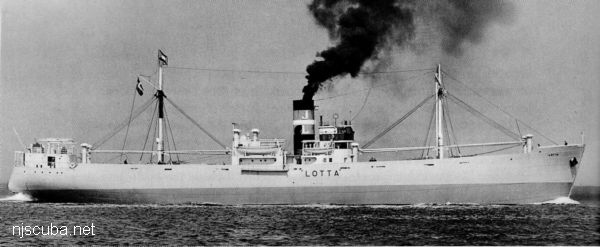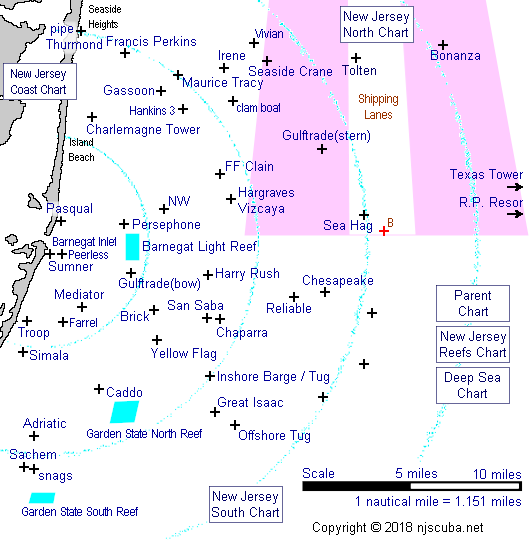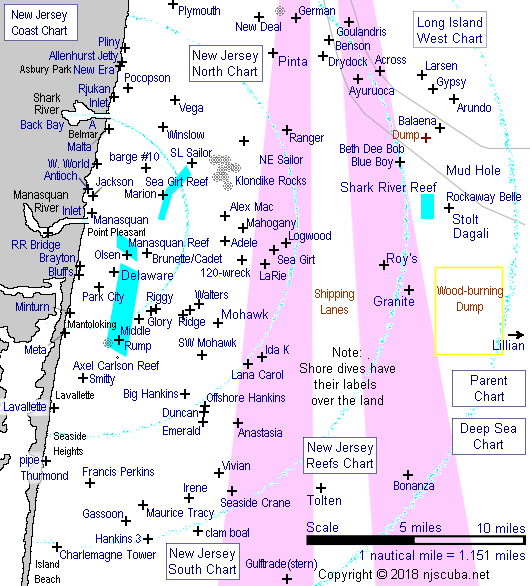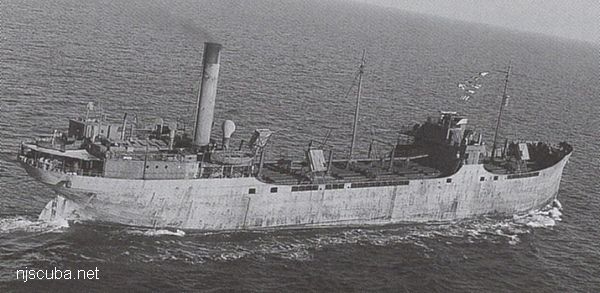Search for: tolten (1/2)
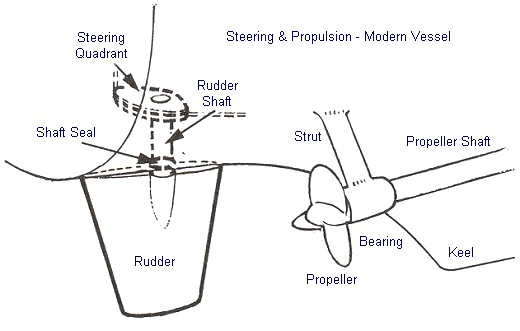
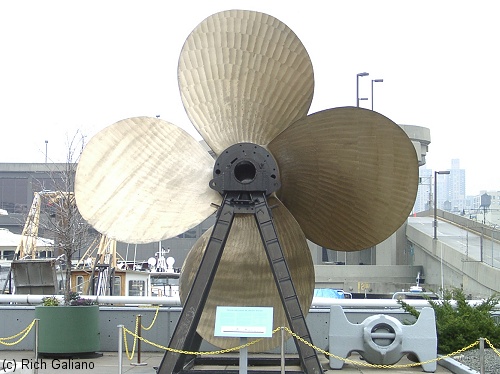
More: Propellers, Shafts & Rudders ...
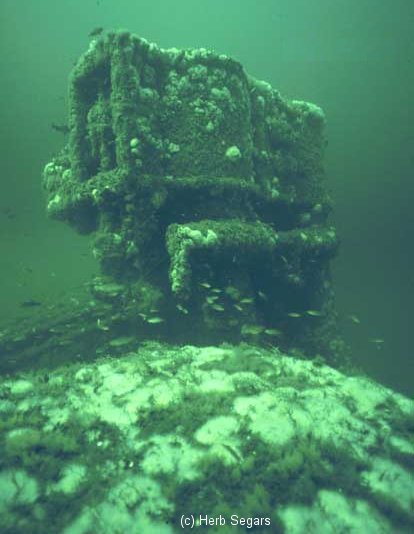
Steam Engines
Steam engines are a common sight on New Jersey shipwrecks. Usually the highest point of relief on the entire wreck, the engine makes a good orientation point and is often used as a tie-in as well. Old steam engines were quite sturdily constructed, and last a long time in the ocean, although because of their value they were salvaged when possible.
Right: The single-expansion steam engine of the Delaware, viewed over the top of one of the four boilers.
More: Engines ...
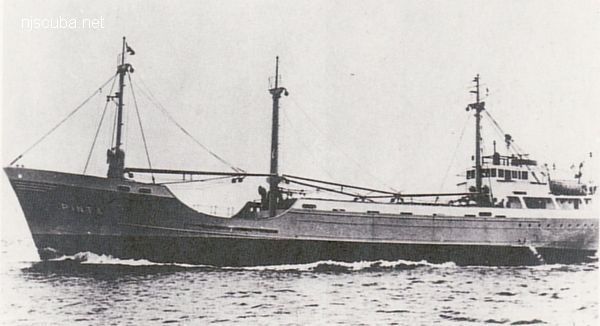
A cargo ship or freighter is any sort of ship that carries goods and materials from one port to another. Thousands of cargo carriers ply the world's seas and oceans each year; they handle the bulk of international trade. Cargo ships are usually specially designed for the task, being equipped with cranes and other mechanisms to load and unload, and come in all sizes. Specialized types of cargo vessels include container ships and bulk carriers. ( Tankers and supertankers are also cargo ships, although they are habitually thought of as a separate category. )
More: Freighter ...
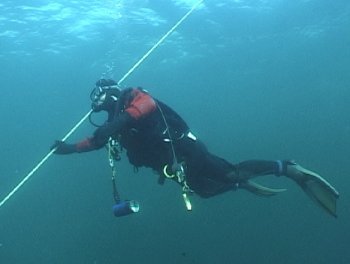
Here is a description of recreational dive planning. The purpose here is to demonstrate basic dive planning and use of Dive Tables for non-divers who are interested in becoming certified but are worried about the complexities and math involved. Learning to use dive tables is usually the single most daunting classroom task for a student diver. It's really not all that hard.
The purpose of dive planning is to manage the Nitrogen gas that is absorbed into the tissues of your body while breathing air at higher-than-normal pressures underwater. If you absorb too much Nitrogen at depth and then ascend to normal atmospheric pressure, the gas will form bubbles in your blood and tissues. This is called Decompression Sickness, commonly known as "the bends." Decompression Sickness can vary in severity from barely noticeable to fatal, depending on your dive profile and other factors. The goal of no-decompression dive planning is to plan your dives in advance so that under no circumstances* can ascending to the surface result in Decompression Sickness.
More: Dive Planning ...

Macrozoarces americanus
Size
to 42" and 12 lbs.
Description:
Huge mouth with drooping lips. Anal and caudal fins continuous. Apparently, these are edible, and at times there is some effort on the part of commercial fishermen to catch them. Too ugly for my tastes, though. Pouts like rocky bottoms and structure, from water's edge down to 180 ft. Gregarious.
More: Ocean Pout ...
November 2020
Final Entry:
Converted the whole site to WordPress, no more need for this page, now the site has a Blog.
More: What's New ( Old, Actually ) ...
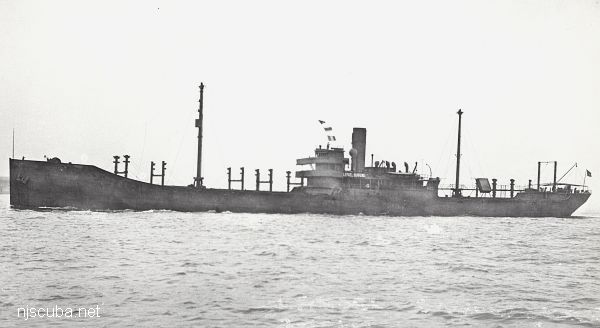
- Type:
- shipwreck, collier, USA
- Built:
- 1917, Camden NJ USA, as Deepwater
- Specs:
- ( 437 x 63 ft ) 7610 gross tons, 34 crew
- Sunk:
- Saturday March 14, 1942
torpedoed by U-404 - 20 casualties - Depth:
- 80 ft
More: Lemuel Burrows ...

